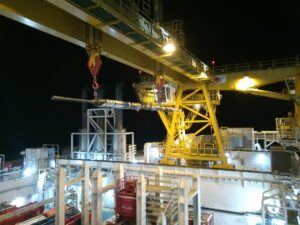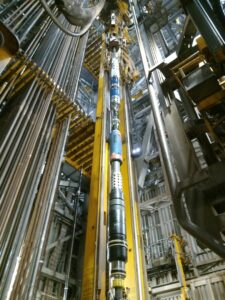Remotely Operated Controls System eliminates umbilical in Aker BP well completions operation

Norway-based Optime announced that it recently deployed its subsea system, the Remotely Operated Controls System (ROCS), to eliminate the umbilical during well completions on the Ærfugl field for Aker BP. This is a first in this type of operation for the industry, according to Optime.
The deployment occurred during completions operations for a production well on the Ærfugl field on the Norwegian Continental Shelf in late February. “Together with Aker BP, we have now achieved success on the first operation offshore,” said Jan-Fredrik Carlsen, Optime CEO. “I believe that is a great accomplishment and the start of a major industry transition with this system.”
ROCS is remotely controlled topside, using an advanced controls unit and without a large hydraulic system, thus eliminating a costly and heavy umbilical. When completing subsea wells, the tubing hanger is placed on top of the wellhead, as a seal toward the rest of the subsea well. Typically this is controlled through a dedicated hydraulic umbilical, which includes a 20-30 ft

control container. When running the umbilical, it is clamped to the tubing for increased stability. ROCS replaces the operation by remotely controlling a controls unit toward the wellhead.
Optime believes the system has significant potential to help operators improve efficiency while reducing HSE risks and costs.
“Through the use of ROCS, we have been able to move tonnes of actual equipment from the rig, as well as mechanical and hydraulic interfaces, into a simple and efficient software,” said Mads Rødsjø, head of Aker BP’s subsea well operations. “This is truly digitalization.”
Optime signed a frame agreement with Aker BP in January 2019 that includes work on Aker BP’s subsea systems for two years, with an additional two-year extension.




